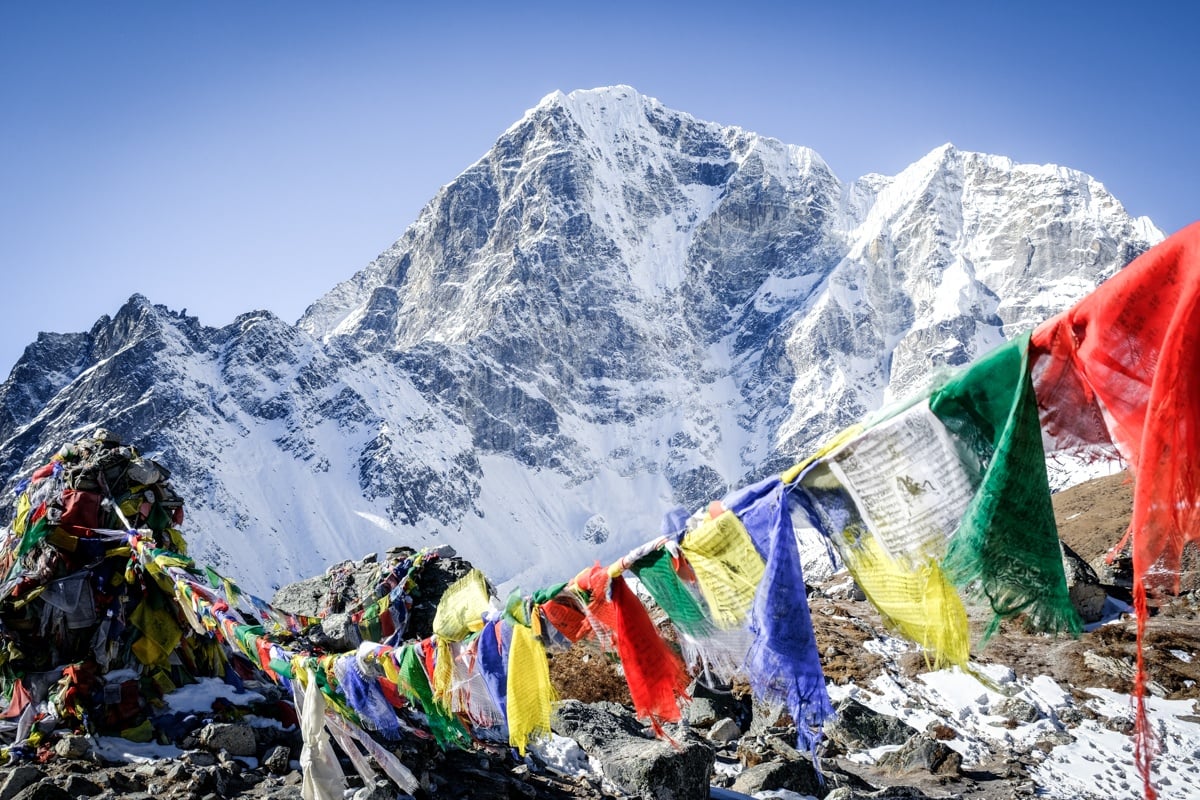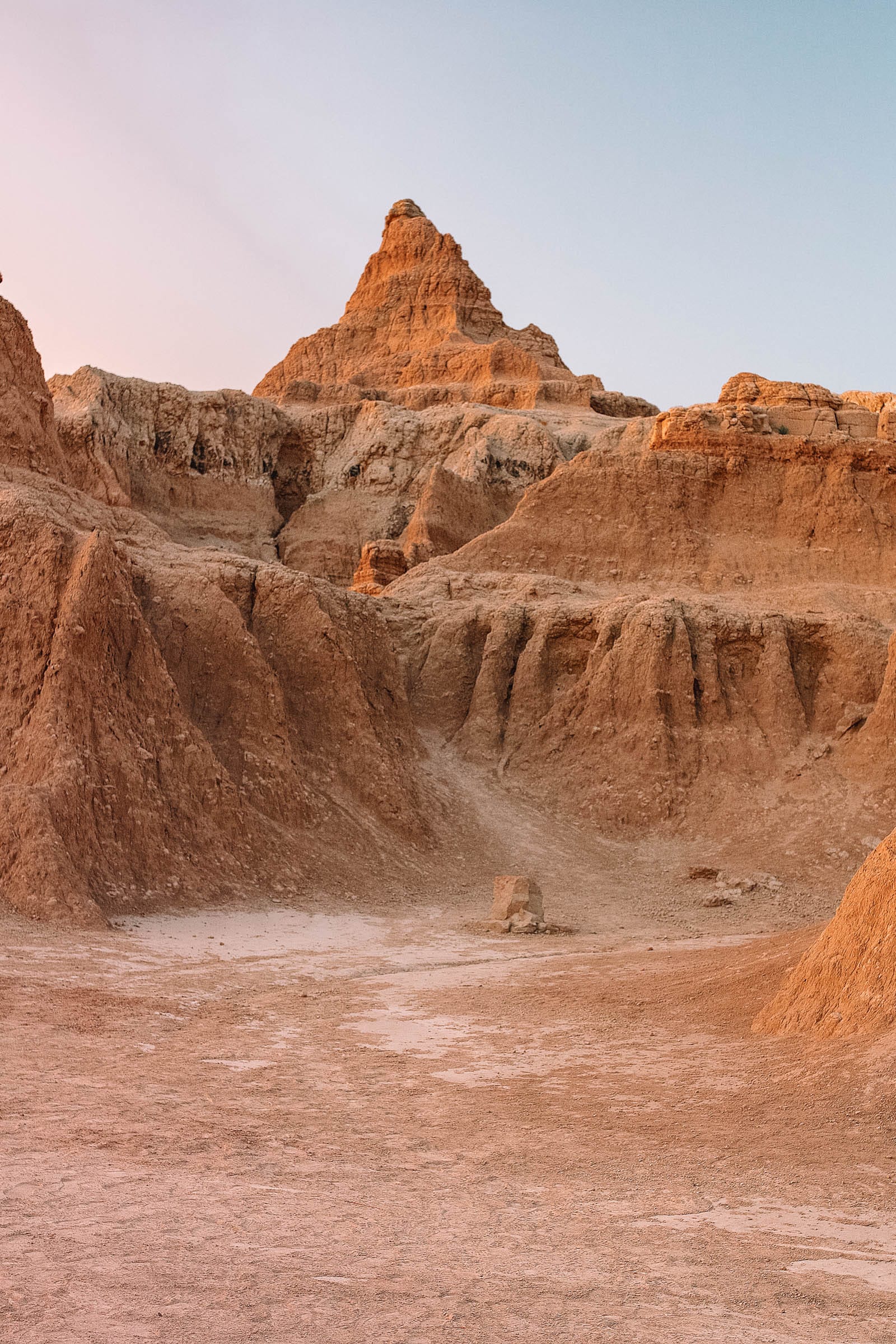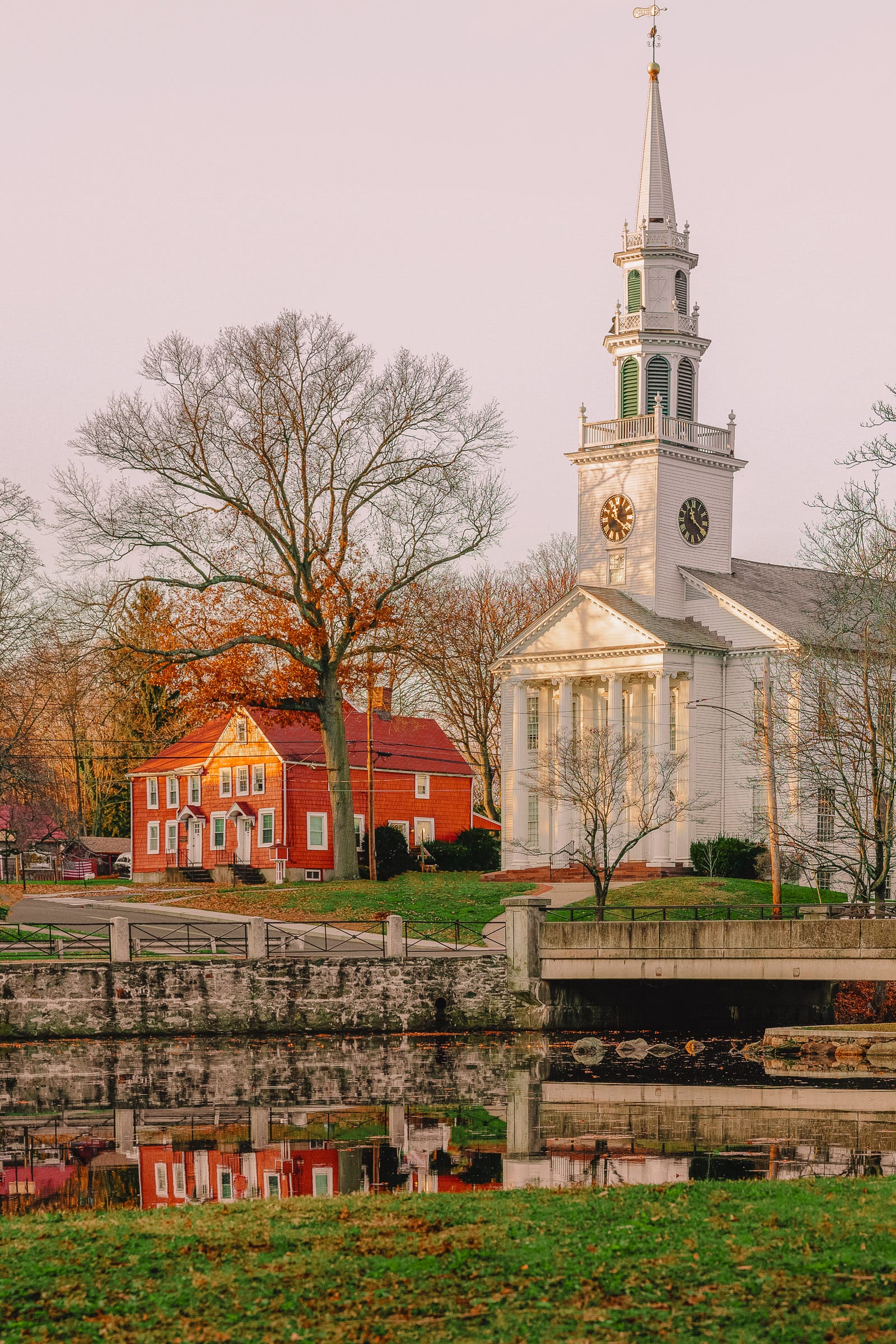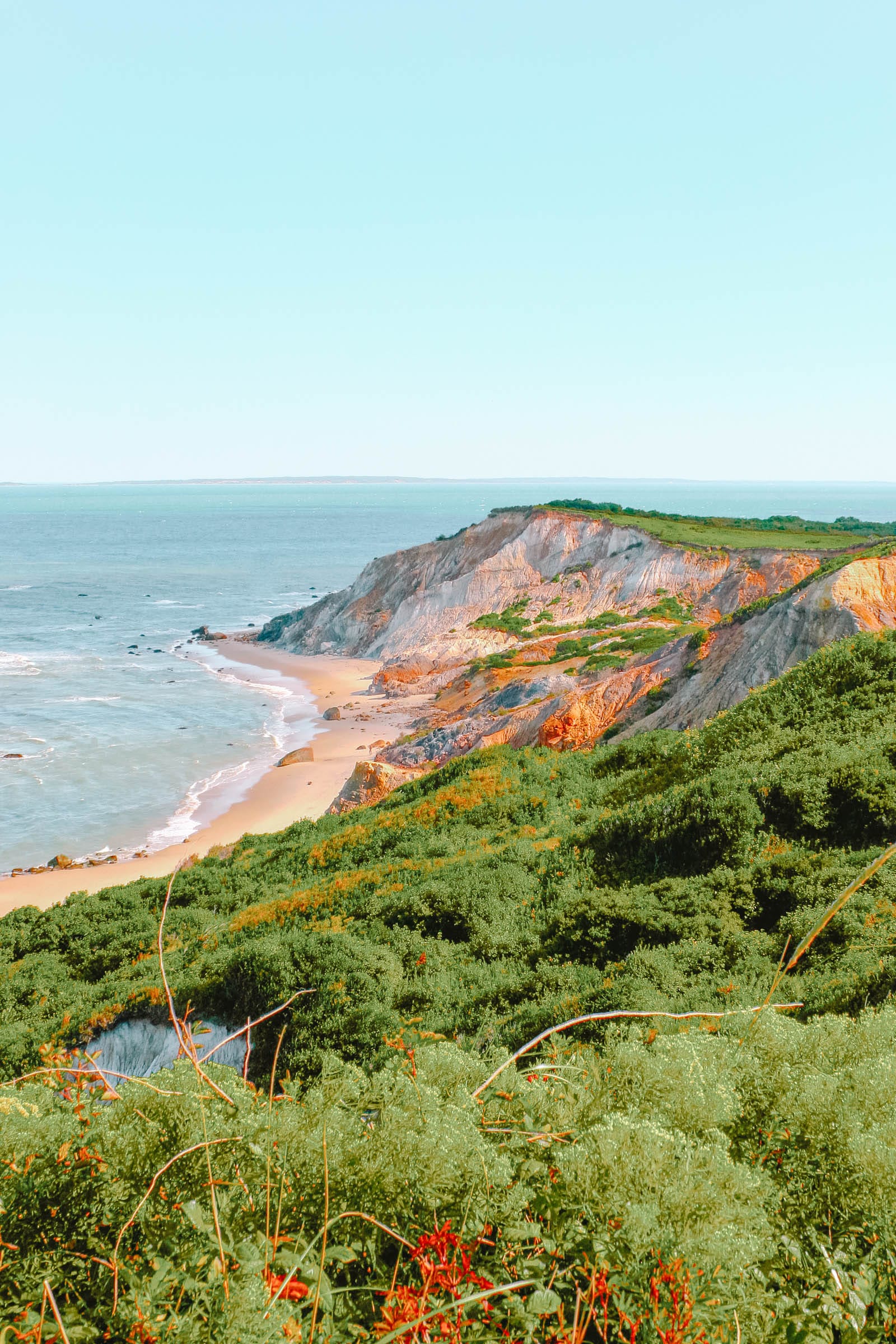Content Summary
- Introduction
- Best Everest Base Camp Tours
- When To Do The EBC Trek
- Everest Base Camp Weather
- My Everest Base Camp Itinerary
- EBC Trek Packing List / Gear
- Everest Base Camp Trek Cost
- Guide / Porter / Solo
- Hiking Fees
- Accommodation & Amenities
- Food & Drink
- Showers
- WiFi / Cell Service
- Electricity
- How Much Cash To Bring
- Mount Everest Base Camp Trek Difficulty
- Altitude Sickness
- Everest Base Camp Altitude
The Mount Everest Base Camp Trek in Nepal stands as one of the premier hiking experiences worldwide. Within a span of less than 14 days, individuals can reach the base of Mt. Everest, alongside numerous other majestic peaks within the Himalayan range.
Fortunately, this trek is not overly strenuous and does not necessitate an extensive budget. The experience of the EBC trek is rewarding not only for the memorable adventure but also for the extraordinary vistas of the Himalayas.
This travel guide will elucidate the process of undertaking the Mt. Everest Base Camp hike independently (with or without a tour guide), along with a comprehensive packing list and essential information prior to departure!
Best Everest Base Camp Tours
If you prefer to avoid the intricacies of arranging your own EBC Trek, Klook offers Everest Base Camp Tours starting at approximately $900 USD for a complete 12-day trek.
Cheaper alternatives may be available upon your arrival in Kathmandu; however, securing a reservation through a reputable tour company online offers significant advantages, as reflected in the favorable reviews found on their website.

When To Do The EBC Trek
The Mt. Everest region experiences four distinctive trekking seasons:
- March – May: Peak season characterized by optimal weather conditions, stable temperatures, and sunny days; however, the trails may be crowded. During this period, it is common to encounter professional climbers en route to summit Everest.
- June – August: Monsoon season, marked by increased rainfall and particularly empty trails.
- September – October: Clear weather and busier trails; this is among the most favored trekking seasons.
- November – February: Coldest season, though the conditions remain stable and dry, with predominantly clear trails.
I embarked on the trek in early February. Although I enjoyed the relative solitude on the trail, the biting cold during the evenings and mornings was quite challenging.


Everest Base Camp Weather
Temperatures during the Mt. Everest Base Camp Trek may vary from 5 °C (40 °F) to 20 °C (70 °F) depending on the month, with nighttime lows descending to as low as -30 °C (-22 °F) during winter.
Trekking in the warmer months (March-May and September-October) generally presents minimal cold-related challenges. Conversely, winter conditions can lead to significant discomfort, such as experiencing frozen snot at Gorak Shep.
Sunlight is crucial for winter trekking in Nepal, and most months outside of the monsoon season provide ample sunshine. During my February excursion, I frequently found myself removing layers due to the heat generated from the sun.
For those undertaking the Everest Base Camp hike in winter, the primary concern will be maintaining warmth during the evenings and nights. Therefore, it is advisable to invest in a high-quality down jacket and sleeping bag.



My Everest Base Camp Itinerary
- Day 1: Kathmandu to Lukla to Benkar.
- Day 2: Benkar to Namche Bazaar.
- Day 3: Namche Acclimatization Day.
- Day 4: Namche to Deboche.
- Day 5: Deboche to Pangboche.
- Day 6: Pangboche to Dingboche.
- Day 7: Dingboche Acclimatization Day.
- Day 8: Dingboche to Thukla.
- Day 9: Thukla to Gorak Shep.
- Day 10: Everest Base Camp.
- Day 11: Kala Patthar to Gorak Shep to Pheriche.
- Day 12: Pheriche to Namche.
- Day 13: Namche to Lukla.



EBC Trek Packing List / Gear
This list does not encompass every item necessary for the Mt. Everest Base Camp Trek, and some adjustments may be required depending on the month of travel, but the following represent the essentials.
Most of this gear is available in Kathmandu; however, I believe it to be advantageous to order online for enhanced quality and selection.
- Beanie: Worn primarily at night for added warmth.
- Down Jacket: Opt for the warmest and most substantial jacket available. This serves as the primary piece of gear and additional cover at night.
- Fleece Sweater: This piece will suffice for daily trekking unless sunny weather prevails.
- Shirts: Comfortable and made of quick-dry material.
- Trekking Pants: Lightweight and breathable options are ideal.
- Thermal Underwear: May not be essential for warmer months.
- Gloves: Useful primarily at night for added hand warmth.
- Socks: Merino wool provides effective warmth and moisture control.
- Headlight: A prudent consideration even for smaller models.
- Tumbler: A 1-liter water bottle for daily refills during the trek.
- Sunblock: Protection against sunburn is essential at high altitudes. A small bottle typically suffices.
- Sunglasses: Necessary for snowy conditions, though not obligatory unless planning to hike a mountain pass like Cho La.
- Hat: A reliable hat works effectively throughout the hike.
- Watch: An altimeter watch can provide useful data for trekkers.
- Camera: Documentation of the experience is recommended.
- Power Bank: Consider bringing a substantial power bank, allowing for minimal recharges throughout the hike.



Everest Base Camp Trek Cost
For a 13-day trek, my expenditure was around $21 USD daily for food, beverages, and accommodation. Engaging a porter/guide incurred an additional $25 daily; however, this is not obligatory. Flights to Lukla were priced at $330 return, though hiking in may be an option.
Refer to the sections below for a detailed breakdown of daily trekking expenses and what services are included. Overall, this trek remains quite affordable!
Be mindful that these figures may experience gradual increases over time. Currency exchange rates may fluctuate, so check the latest rates.

Flights
Traveling to Lukla from Kathmandu incurs a fare of approximately $165 USD each way. You can search for flights to Lukla via Skyscanner.
Alternatively, for those with budget constraints or time flexibility, consider skipping the flight by hiking from Jiri to Lukla, which adds a few days to your itinerary.

Guide / Porter / Solo
Embarking on the EBC trek can be accomplished with a guide, porter, or independently.
A guide offers navigation assistance, lodging support, advice, and helps capture photographic memories. A porter-guide performs these same functions while also carrying a pack weighing up to 20 kg (45 lb).
Employing a porter or guide is not required, particularly during warmer months when less equipment may be needed. In 2023, a guide requirement was reportedly being introduced for EBC; however, this regulation has not yet been enforced.
Nonetheless, several benefits exist in hiring a guide, and the costs remain modest by Western standards. A porter may charge $15 or $20 USD daily, while a porter-guide would be priced around $25. A common arrangement is to share a porter among two trekkers, effectively splitting the cost and facilitating ease for both.
Ultimately, this decision hinges on personal budget and hiking preferences.


Hiking Fees
Independently hiking the EBC requires awareness of two fees incurred near the trek’s commencement.
A local government tax has been instituted in Lukla, currently amounting to 2,000 Rupees ($17 USD).
Additionally, an Everest park fee must be settled at the Sagarmatha National Park entrance beyond Monjo, costing 3,500 Rupees ($30 USD).
No TIMS card is required for independent hikers, as this fee has been eliminated for the Mount Everest Base Camp Trek.

Accommodation & Amenities
During the Everest Base Camp hike, accommodations are typically at small guesthouses known as teahouses.
These establishments provide meals and drinks for the trek, alongside occasional amenities such as showers, charging facilities, or WiFi. Teahouses generally start with good conditions but tend to decline in quality as one ascends the trail.
Usage of facilities incurs costs, which tend to rise with ascension due to transportation burdens on porters.

Guesthouses
The teahouses throughout the EBC trek are often cold and lack amenities, featuring drop toilets and structural imperfections. Luxury should not be expected.
Most rooms are complimentary, contingent on the purchase of meals onsite (which is the primary revenue for these establishments). Charges may apply if one does not dine at the lodge.
Occasionally, a fee of 500 Rupees for room accommodation might be requested in addition to meal expenses. This practice varies widely, though most accommodations are typically included with meals.

Food & Drink
I am pleased to share that the cuisine offered during the Everest Base Camp trek exceeds expectations, especially after a vigorous day of hiking.
Available options include Western dishes and traditional local favorites such as vegetable fried rice, steamed momos (dumplings), and mushroom soup. All meals were served hot and fresh. Prices typically range from 250 to 750 Rupees based on altitude.
In terms of beverages, I sampled hot chocolate, lemon/apple/mint tea, and occasionally bottled water for refills. These generally cost between 100 to 400 Rupees. For those wishing to minimize plastic waste, boiled water is normally available and is safe for consumption.
Staying hydrated during the trek poses no challenges; simply filling a 1-liter tumbler each morning suffices until evening, especially as multiple teahouses line the hiking trail.

Showers
Shower facilities are limited to select lodgings, contingent on seasonal and altitude factors, costing between 600 to 1200 Rupees. In winter, water is frequently unavailable due to freezing conditions.
During my February EBC trek, I forwent showering entirely, although opportunities arose in Namche. Admittedly, a lack of hygiene became apparent by the trek’s conclusion, but considering inadequate encounters with others, I felt minimal guilt on this front.
Moreover, the prevailing cold temperatures rendered the idea of undressing for a shower unappealing. Utilization of baby wipes and deodorant becomes practical under these circumstances.

WiFi / Cell Service
WiFi access costs between $5 to $10 USD daily if purchased from teahouses.
Alternatively, a 10 GB/30 Day Everest Link WiFi card is available for purchase in Namche Bazaar, allowing usage throughout the EBC trek. Unfortunately, during my trek, WiFi was non-operational across the region.
I acquired an Ncell local SIM card upon arrival at Kathmandu airport, gaining 3G service on half the days throughout the Everest Base Camp hike. Coverage improvements are ongoing in the region, making a local SIM advisable for those needing connectivity.

Electricity
All teahouses en route to Mt. Everest Base Camp offer charging services for electronic devices, with fees ranging from $2 to $10 USD for a full charge, influenced by how far along the trail you are.
The practical approach involves carrying a large power bank, utilizing it to charge various devices (phone, camera, etc.). I followed this strategy and only needed to recharge my power bank once during the entire trek.

How Much Cash To Bring
All expenditures during the Everest Base Camp hike (meals, WiFi, charging, etc.) necessitate cash transactions; credit cards are not accepted. Withdrawal options are limited to Lukla and Namche Bazaar (Days 1-4), with the reliability of their ATMs being questionable.
This scenario necessitates withdrawing sufficient cash (Nepalese Rupees) at an ATM in Kathmandu to encompass the entire trek. ATM fees can add up quickly, and while carrying large amounts of cash may be unappealing, it remains unavoidable in this context.
During my trek, I averaged around $20 USD (2,400 Rupees) per day and never exceeded $25 USD in a single day. Additionally, I opted not to indulge in WiFi, showers, charging, or alcohol, focusing instead on essential needs: accommodation, food, and beverages.
When engaging a porter/guide, their fees do not impact your daily cash requirements, as payment is arranged prior to the trek. Nonetheless, it is prudent to reserve some cash for appropriate gratuities.


Mount Everest Base Camp Trek Difficulty
This trek presents significant challenges, particularly in winter conditions as I experienced. Nonetheless, individuals who are physically fit, tenacious, and adhere to altitude sickness prevention guidelines (detailed below) should be capable of reaching base camp without issues.
Elevation fluctuations mark this hike; near Lukla, the continual ascents and descents resemble a roller coaster, though the trail does not reach extreme steepness or perilous conditions. After Namche, the route primarily consists of a steady uphill trek.
This trail has been successfully traversed by seasoned hikers in their 70s and young children in their pre-teens, while some healthy individuals in their 20s-30s have challenged the hike without adequate acclimatization.
Patience and self-discipline are paramount when trekking to Everest Base Camp; a measured and consistent pace prevails.

Trekking Distance
The one-way trekking distance from Lukla to Mt. Everest Base Camp spans approximately 65 kilometers (40 miles).
Consequently, the total roundtrip distance for the EBC Trek equals about 130 kilometers, even if detours are excluded.
Do not let the distance deter you; the journey involves considerable hiking, but every step provides invaluable rewards.


Altitude Sickness
The most significant risk during the Mount Everest Base Camp Trek is altitude sickness, commonly referred to as Acute Mountain Sickness (AMS).
No individual is impervious to AMS, regardless of fitness level. Rapid elevation gain can lead to serious illness, with potential fatal outcomes. Numerous trekkers have succumbed to AMS on the trail.
This risk often arises as overzealous hikers attempt to accelerate their ascent, resulting in costly helicopter evacuations to lower altitudes.
To minimize the risk of AMS, it is imperative to maintain a slow pace. At altitudes exceeding 3,000 meters (10,000 feet), limit your ascent each night to no more than 300-500 meters (1,000-1,500 feet).
After every 1,000 meters (3,000 feet), consider spending an additional night at the same elevation. Should symptoms such as headaches, dizziness, or nausea arise, descending to a lower elevation until you feel better is recommended. Adhering to these general guidelines should mitigate most issues.
Additionally, consider utilizing Diamox (acetazolamide) as part of your AMS prevention strategy. This medication is accessible in Kathmandu or Namche. I acquired mine in Namche and observed positive effects on headaches and mild nausea, without significant side effects beyond the expected tingling sensation in extremities.

Everest Base Camp Altitude
The altitude at Mount Everest Base Camp is 5,364 meters (17,598 feet), corresponding to an oxygen level at 50% compared to sea level.
Moreover, many treks continue to Kala Patthar, a viewpoint surpassing base camp elevation, which offers the most breathtaking perspectives of Mount Everest.
The height of Kala Patthar reaches 5,644 meters (18,519 feet), rewarding trekkers with stunning panoramic views of Mount Everest and surrounding icy peaks, such as Pumori, Lhotse, and Nuptse.
Wishing you enjoyable travels!




More Nepal Travel Tips
I hope this guide for the Everest Base Camp Trek has proven beneficial. Should you have any inquiries, please feel free to reach out in the comments section below.




